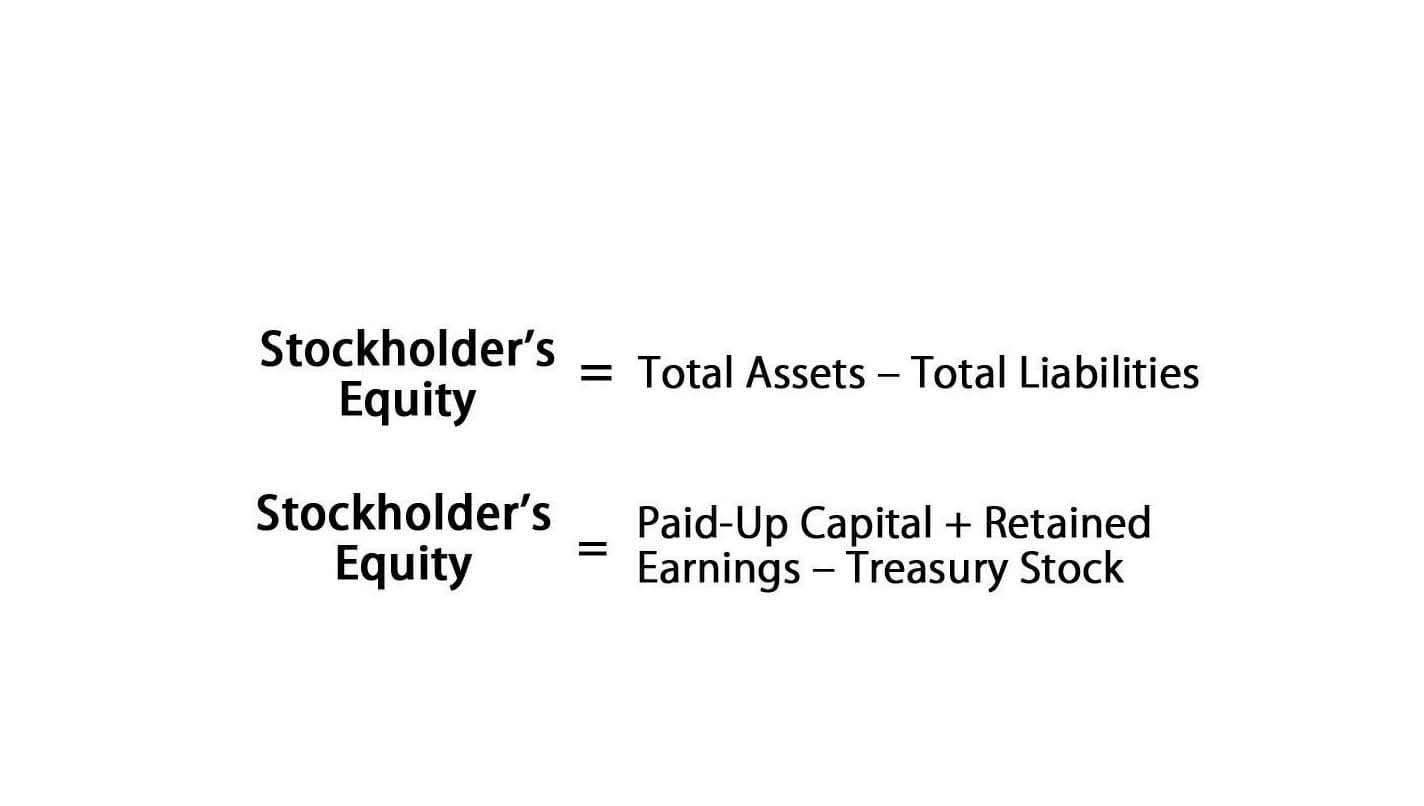What is an Opening Balance for Businesses

Molly’s closing balance is calculated as the sum of the difference between all the credits and debits of her business over the twelve-month accounting period. The closing balance of £28,000 is then carried over to her next year and becomes her opening balance for the year which will begin on 12 March 2022. In the simplest of terms, a company’s opening balance refers to the funds in its account at the start of a new financial period.
Different types of opening balances

So, it will show a collective under-clearance balance for its customers. Banks use clearing accounts to clear deposited instruments like checks, payment orders, and letters of credit. Once the bank clears the check through the clearance process, the additional $1,000 will reflect in John Right’s bank account. The Open Balance by Vendor metric shows the total amount of unpaid invoices and bills for each vendor, which is essential for managing accounts payable and maintaining positive vendor relationships. Bail reform has significantly impacted open bond practices, with jurisdictions reevaluating traditional systems. This has prompted legislative changes in some states, requiring courts to consider non-monetary release conditions before setting a bond amount.
What Are Opening and Closing Balances and How Do I Use Them?
When customers make a payment to an invoice you’ve sent to them, an overpayment may happen of the time. This is the reason why you’re seeing a negative balance upon reviewing the list of their transactions. Derogatory accounts on your credit report are accounts that are having a negative impact on your credit score. Corporation tax is levied on the profits of an incorporated business, and understanding how business expenses and corporation tax relief work can help reduce your tax liabilities. Eligible expenses for corporation tax relief include capital allowances for investments in equipment and certain areas of relief, such as research and development. B/D and C/D are abbreviations used in accounting when referring to the opening balance and closing balance of a business.
- Two of the most common abbreviations that crop up when tackling the accounting process are “b/d” and “c/d.
- GAAP requires that companies eventually reallocate the balance in the Opening Balance Equity account to the appropriate permanent equity accounts, such as retained earnings or additional paid-in capital.
- Whatever the number is at the end of the month after all your sales have been recorded and all your payments have been made, that is your closing balance.
- The QuickBooks Community is here to support you and provide guidance to help you make the most of this powerful accounting software.
- By granting them a profits interest, entities taxed as partnerships can reward employees with equity.
- Now to get rid of this, you’ll have to create an entry that’ll offset the negative balance.
What is the reason for a large amount in the opening balance equity account?
The amount of money whether positive or negative at the beginning of the accounting period refers to the opening balance of an account. While the amount left in an account at the end of an accounting period refers to the closing balance. Accounting software, which is essentially one accounting system, can be a game-changer when it comes to managing opening balances. By automating calculations and integrating with payment solutions, the right software can streamline financial management and minimize the risk of errors. The closing balance from the preceding period serves as the starting point for computing the opening balance for the next accounting period. For instance, if the closing balance of the previous period is $10,000, then the opening balance opening balance equity of the succeeding period will be $10,000.

Both the defense and prosecution present arguments, with prosecutors often opposing changes if they believe it increases flight risk or jeopardizes public safety. Judges consider the defendant’s compliance history, new evidence, and the impact of the proposed changes when making their decision. Explore the implications of an open bond status in legal contexts, including its functions, conditions, and potential consequences. To confirm, you can click on a specific transaction to review its details and understand which transactions are being referred to.
AccountingTools
- Maintaining accuracy in tax calculation, reporting, and ensuring up-to-date financial statements can foster a good relationship with regulatory bodies and build investor confidence.
- C/D stands for “carried down”, which refers to an amount to be carried down from one accounting period and on to the next.
- Repayments and advances are treated differently for open account debt than for a shareholder loan evidenced by a note.
- One primary reason is the defendant’s adherence to bond conditions, such as attending court appearances and abiding by travel restrictions.
Balance c/d refers to the amount that is carried down (or) forward from the current accounting period to the next accounting period. Balance c/d is the difference between the debit side and credit side of the ledger used for balancing Airbnb Accounting and Bookkeeping the accounts. According to the modern accounting approach, assets, liabilities and owner’s equity (capital) have opening balances. This is good because opening balance equity should be temporary by design. Opening balance equity is an account created by accounting software to offset opening balance transactions.
The Role of Opening Balances in Financial Analysis

When an individual or a business deposits a check, payment order, letter of credit, or any other instrument, it may take time to clear. An open bond balances the state’s interest in ensuring a defendant’s appearance at trial with the individual’s right to freedom before conviction. This legal instrument allows a defendant to be released from custody while awaiting trial, contingent upon certain conditions. The primary purpose of an open bond is to act as a financial guarantee for the defendant’s return to court. The bond amount is determined by factors Online Accounting such as the severity of the alleged crime, the defendant’s criminal history, and their flight risk. Judges have discretion in setting bond amounts, often guided by statutory frameworks and judicial precedents.
